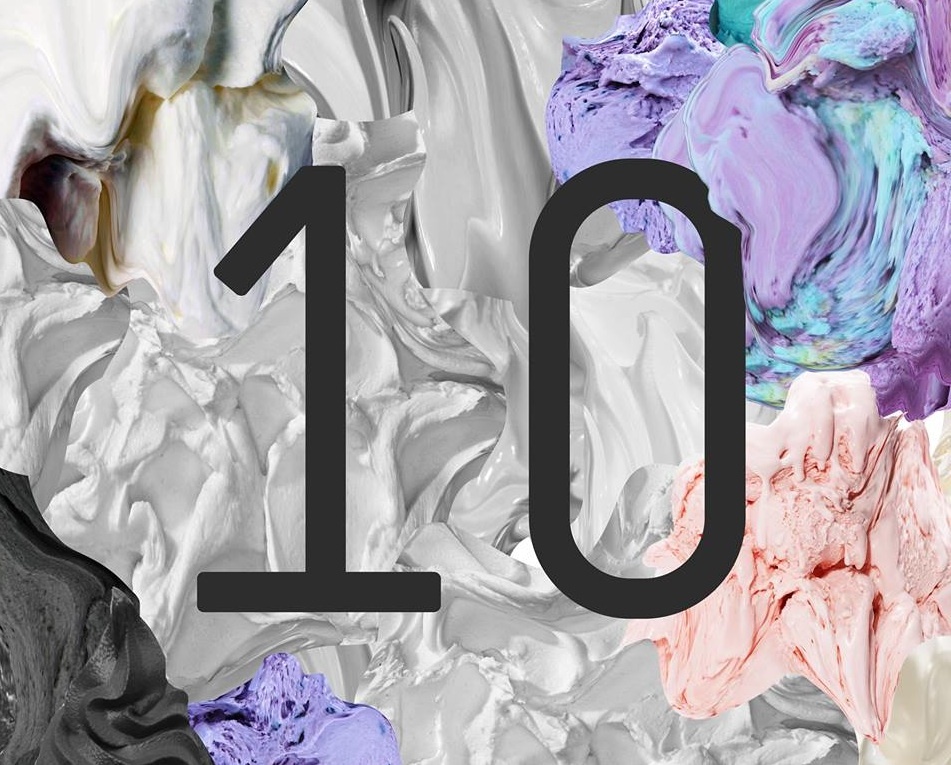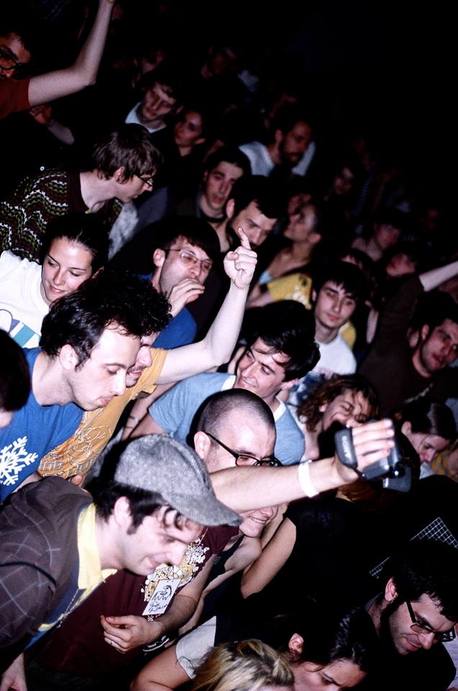Written by:
Dragoș Rusu
Share article:
Cultural context
Cosmin, Mihaela and a bunch of their friends started Rokolectiv exactly ten years ago. Right from the start, the line up was very different from what other promoters were doing. Actually, Rokolectiv never placed itself as a commercial festival or a money-making event. It was all-just about music. We could see some artists and bands that were already active outside of the European music borders, but total strangers to the Romanian music scene. I missed the first edition, but I remember the first time I saw Noze in 2007, playing live over a huge mixer, at Preoteasa (a very modest and ‘’traditional’’ cultural hall/venue of Bucharest), or the laptop live-performance of the legendary electronic musician Thomas Brinkmann, or the American rising star Jimmy Edgar, or the French artist Feadz playing together with American diva Uffie, and of course, the French legend Pierre Bastien doing his weird mechanic music live act.
Over the years, Rokolectiv hosted over 250 artists, all from different parts of the world and related to music and visuals arts. By all means, we should mention Underground Resistance (2008), Jean-Jacques Perrey & David Chazam (2008), Pantha du Prince (2008), Mungolian Jet Set (2009), Etienne Jaumet (2009). 2010 was, for me, one of the most comprehensible editions of Rokolectiv, electronically. On the course of three nights, you could see mind blowing electronic acts like DJ Sprinkles, Juju & Jordash, Move D, Syncom Data, Nacho Patrol (one of Legowelt’s live projects), Omar S, Rochițe (a Romanian live debut), fresh rising star Motor City Drum Ensemble, the ''daddy'' Dan Deacon and much more.
As Rokolectiv was continuously expanding its horizons, there was no surprise to see in 2012 different kinds of electronic music acts, such as Hauschka, Maria Minerva, Disclosure, Koreless, DJ Rashad, DJ Spinn. Surprise guests continued to be a main concern of the organizers, so in 2013 we could see a legendary act comprising Burnt Friedman and Jaki Liebezeit.
But what really makes this festival so special is the group of people that it gathered together during these ten years. Over a decade, Rokolectiv succeeded in creating a real alternative music scene, characterized by a strange cohesion between the artists, the organizers and the crowd. Actually, a lot of the acts who played at Rokolectiv, became very famous worldwide, afterwards.
We got in touch with the main characters behind the festival - Cosmin and Mihaela - to find out more about Rokolectiv.
Do you recall how did you get to the idea of making a festival in Bucharest, ten years ago?
We were some very enthusiastic kids back then, wanting to “make things happen” in a culturally poor Bucharest which was starting to recover from the very long transition. We used to hang out a lot at The Web club, almost every weekend, as it was the only place in town featuring electronic music, our frustrations were high. We were just coming back after our cultural management studies in Belgrade and Paris and naively eager to put them in practice in the local context. Of course, things didn’t really work out like in theory and we decided to make the festival without any provisional budget or any previous experience. There was not much on the scene, except some very occasional raves, and a once a year experimental concert organized by some foreign cultural center. So we made the first edition of the festival in just a month in the pre-social network era, just with some flyers, word of mouth and some mails to our friends. It turned out not so bad for a very first try.

